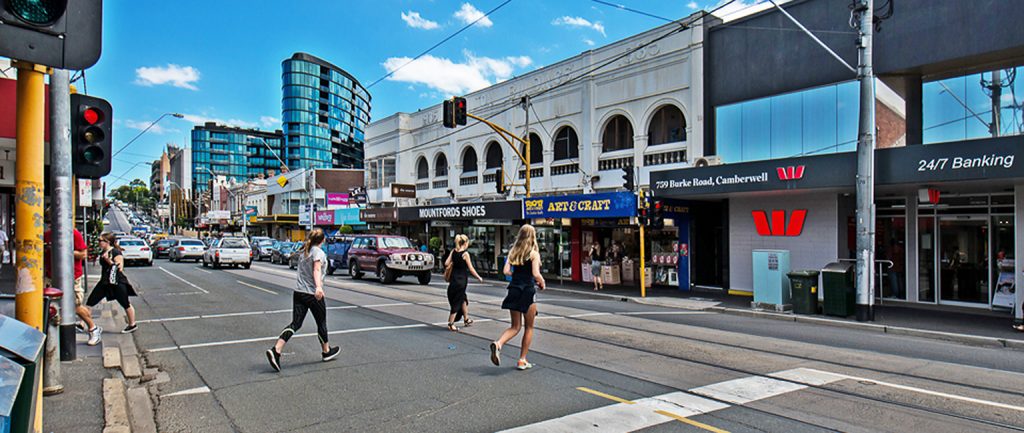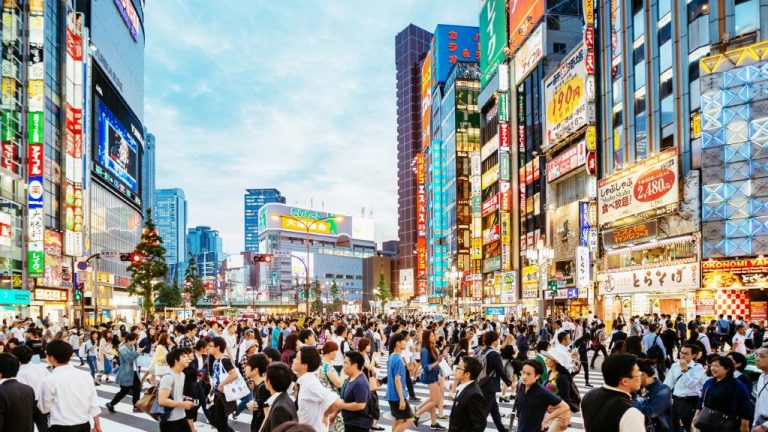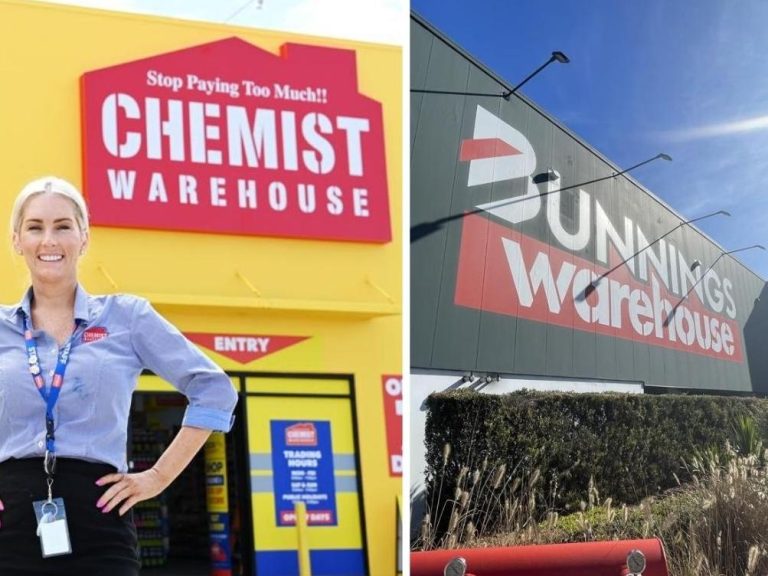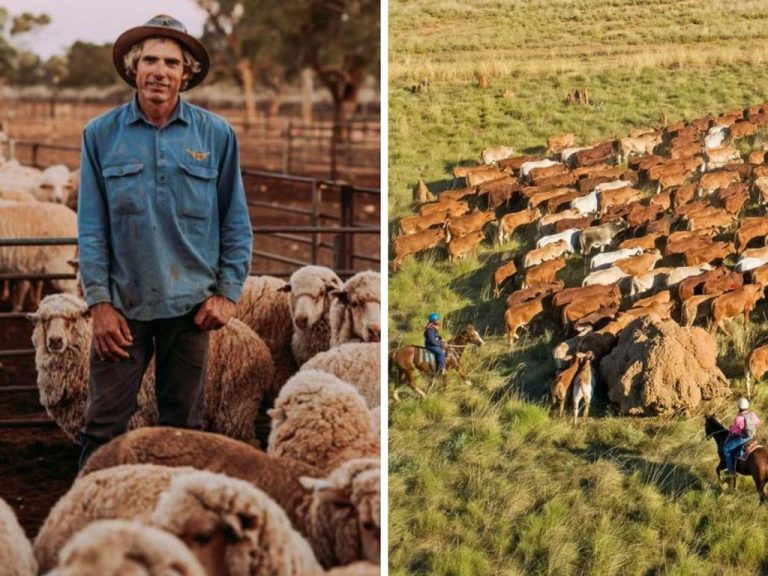Mixed retail results for Australia’s capital cities

Australia’s two-paced retail market has continued to diverge, with rental growth in Sydney and Melbourne still gathering steam, while other cities tread water or lose ground.
Retail rents in both Sydney and Melbourne grew by 0.8% in the last financial year, according to new data from commercial agency JLL, while other states struggled to make similar gains, despite positive reports about consumer spending.
Brisbane rents increased by 0.3%, while Perth maintained its 2014-15 levels and Adelaide rents fell by an average of 0.2%.
But despite the positive news in Australia’s two largest markets, retail vacancy rates grew from 3.9% to 4.2% in the six months to June 30.
CBD vacancy rates grew from 6.3% to 7% over the same period, though CBD rents grew by 0.5% in the second quarter of 2016.

Melbourne’s retail market continues to perform strongly.
The bulky goods sector also performed well, with rents increasing by an average of 1.1%.
JLL Australian head of retail, property and asset management, Tony Doherty says despite the slow or negative rental growth in some cities, the signs are good for Australia’s retail property market.
“There are plenty of reasons to remain optimistic about the outlook for retail. The fundamental drivers of retail spending are being supported by the fact that we have persistently low interest rates, households are in a relatively strong financial position and there continues to be above-average levels of employment growth, nationally,” Doherty says.
“From a leasing market perspective, as always, competition between retailers is high. Major international fast fashion retailers are expanding around the country, while domestic specialty retailers are generally steady in terms of their store networks.”

Australia’s retail market has mixed results in the first half of 2016.
“Retailers continue to review stores carefully and are taking the opportunity to move to more productive locations as leases expire. Centre management teams have also been very proactive in adjusting the tenant mix to create the best possible offering within the increasingly competitive retail market.”
JLL associate director of retail research, Andrew Quillfeldt says the effects of Monday’s announcement of the closure of a string of Woolworths supermarkets across the country would be felt across the industry.
“However, over the medium to long term, the implication of lower levels of new neighbourhood shopping centre supply will be positive,” Quillfeldt says.
“Existing centres will become more productive as the population continues to grow – particularly in Melbourne, which has the highest level of population growth nationally.”







